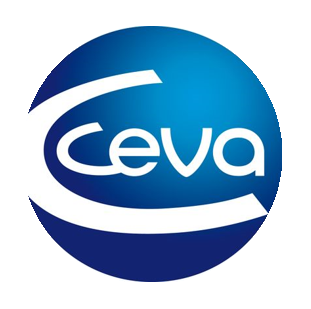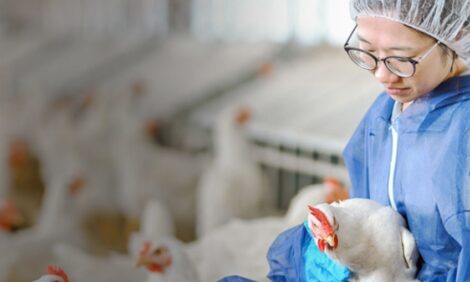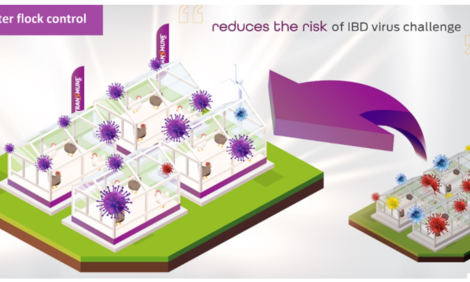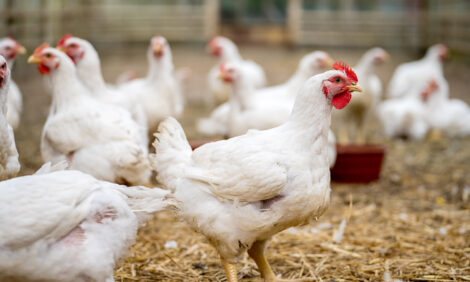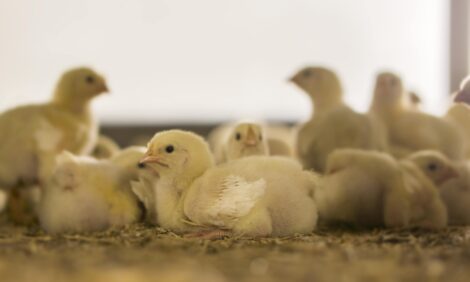



Benefits of hatchery vaccination for Gumboro Disease control
Part 4 of 6Part of Series:
< Previous Article in Series Next Article in Series >
In the last 10 years, poultry vaccines evolved strongly in efficacy and safety thanks to high level technology, and Transmune® is a proof of that. This evolution of technology has led to a trend of hatchery vaccination, a common practice in the poultry industry and offers several benefits.
Some of the main advantages:
- Early Protection: Hatchery vaccination allows chicks to receive protection against various diseases at a very early stage of life. This is crucial because the immune system of chicks is not fully developed at hatching, and early exposure to vaccines helps kickstart their immune response.
- Uniformity: Hatchery vaccination ensures that all chicks in a hatchery receive the same level of protection against specific diseases. This promotes uniformity in the flock's health status and reduces the variability in immune response among individual birds. It is a fact that controlling hatchery vaccination is more achievable than controlling hundreds of farms

- Disease Prevention: By vaccinating chicks at the hatchery, producers can prevent the spread of certain diseases within the flock. This is particularly important for controlling diseases as Gumboro Disease which the vaccine adapt to different MDA levels.
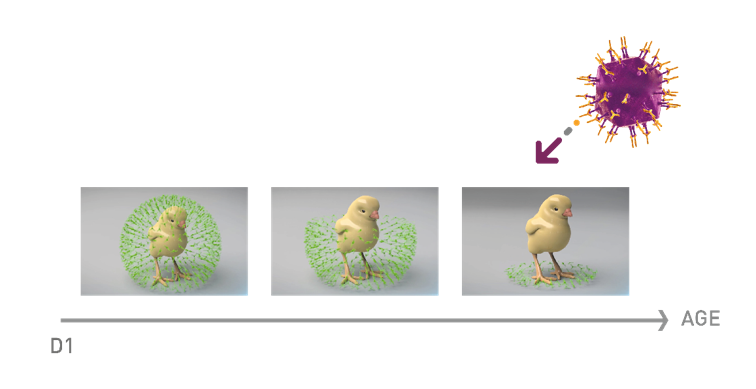
- Cost-Effective: Hatchery vaccination is often more cost-effective than individual or group vaccinations later in the production cycle. It eliminates the need for labor-intensive and potentially stressful procedures associated with handling and vaccinating older birds.
- Adaptability to Specific Conditions: Hatchery vaccination allows producers to adapt vaccination programs based on the specific diseases prevalent in their region or production system. This flexibility is crucial for addressing the unique challenges faced by different poultry operations.
Gumboro Disease Control by hatchery vaccination
For the Gumboro disease (IBD) control, one of the most aspects is to have a high uniformity of vaccination, as well complete coverage of the chick flocks.
Among the functions that the vaccine must perform is to block the bursa, through the replication of the vaccine virus, thus preventing the field strains from infecting the chick. And for this reason all the chicks should receive a full dose of vaccine by subcutaneous or In Ovo application.
Vaccination of IBD (Gumboro) in the field by drinking water is always influenced by the vaccination time accuracy constraint relative to MDA level (Maternal Antibodies), as demonstrated in the figure below:
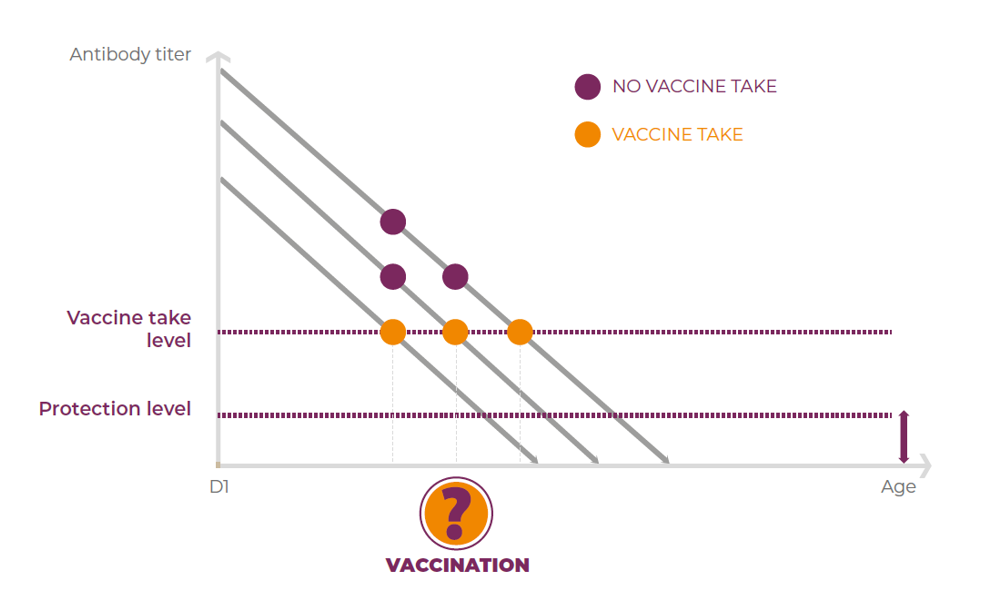
An ideal vaccine against Gumboro Disease needs to fulfill the following basic requirements, as be efficacious protecting chickens, make broilers resistant to reinfection to progressively reduce the viral pressure.
This way, the vaccination program should be able to take in the presence of passive immunity, whatever it is, meaning that the timing of vaccination is not an issue and active immunity can actually take over from passive immunity.

Conclusion
As summary, to have IBD control and keep the consistency of the broiler production, provide protection against is essential.
And to achieve the consistency and uniformity a hatchery vaccine, as immune-complex, must be applied in the hatchery with constant monitoring and safety.







